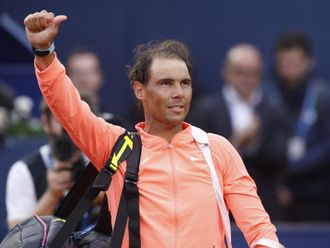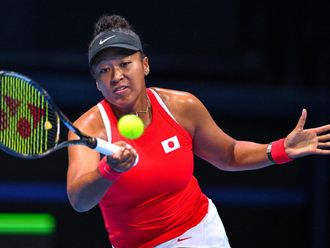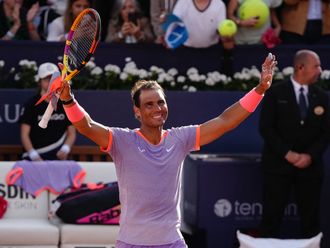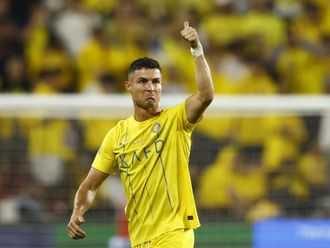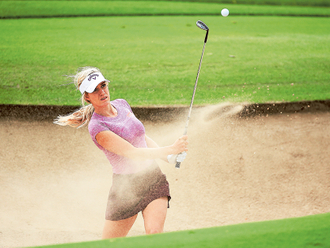London: The promotional poster for the Miami Open, which continues this week, was telling.
“Federer, Serena, Nadal, Venus Williams, Novak Djokovic, Andy Murray, Juan Martin del Potro,” it screamed in capital letters, celebrating the stars who would be competing.
In the event, however, Serena Williams, Djokovic and Murray pulled out injured, while Venus is not fully fit.
Of the others, Roger Federer missed most of last year with a knee issue, Del Potro is still recovering from multiple wrist surgeries, and Rafael Nadal has been plagued by injury for the past eight years.
There have always been injuries in tennis, but it is a concern when the top two male players, as well as a string of others in the top 30, and the dominant female player, are on the sidelines.
Simona Halep, Garbine Muguruza and Madison Keys, meanwhile, were battling injury for much of the past year, and all of the men’s top 10 have withdrawn from tournaments or retired hurt from matches in the past 12 months.
The jam-packed schedule is part of the reason why a number of the top players have been suffering this early in the year.
Murray, for instance, theoretically finished his 87-match 2016 season on November 20, but he was back competing on December 30, meaning his ‘off-season’ was shorter than six weeks.
That he is now battling an elbow injury and the flu, having already contracted shingles last month, points to a desperately overworked body.
The American surgeon Dr Richard Berger, who has operated on Del Potro and Laura Robson, says: “There are too many events, and on both the WTA and ATP tours there’s very little downtime. There’s not enough healing time because of the intensity of the matches, and in most tournaments outside the slams there’s not even a day’s rest. Players need to have superhuman abilities to stay fit.”
Dr Michael Davison, the managing director of the sports medicine and rehabilitation group Isokinetic, says: “The issue is the squeeze on the off-season followed by intense training to get ready for extreme conditions at the Australian Open. This acute spike in workload puts them at risk. “Playing on three different surfaces throughout the year is another issue.”
The absence of a proper off-season makes players especially vulnerable to injury in the first three months of the year. But even if players are lucky enough to come through the first few months unscathed, the rest of the year is scarcely less demanding. Any fitness concerns players have are likely to be compounded by the non-stop stream of events that take place until November, many of which are mandatory and have financial inducements too good to miss for most players. In addition, the relentless drive of players like Murray to fulfil their potential often makes the situation worse, as they are reluctant to take proper rest.
Former world No. 1 Jelena Jankovic said last year: “We don’t want to miss out too much and lose our rankings. We want to come back, and sometimes it’s really too soon.”
It is important though to keep the latest injuries in perspective. Davison suggests that Djokovic and Serena Williams’s setbacks may not be severe, and it is more a case of them not wanting to take any risks before the French Open.
Dr Davison believes Djokovic is effectively enjoying a “winter break” as he recovers from the cumulative fatigue of five years where he missed very few events.
Nevertheless, fewer matches and an extended off-season would be a good starting point to reduce the number of tennis injuries.
The ATP has been proactive previously in reducing the number of tournaments per year and changing Masters finals from best of five sets to best of three, so it is not out of the question to hope for further reforms.
But even with medical advances and a greater understanding by the players of how their bodies work, there is only so much that can be done if the schedule remains so unrelenting.
The tennis calendar is reaching breaking point — and so are the players.
— The Telegraph Group Ltd, London 2017


